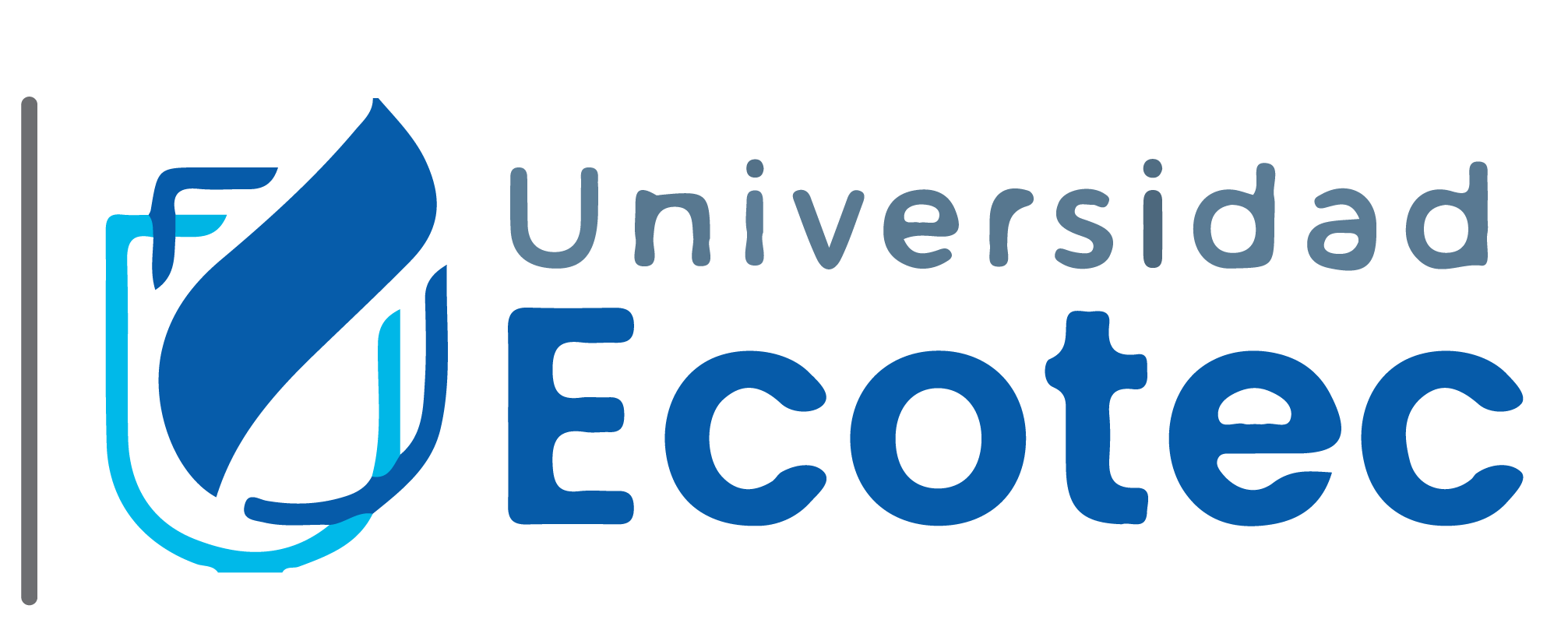Artículo
Development and Application of Digital Twin Technique in Steel Structures
Resumen
0
Autores | Franca, LD; Dantas, MAT; De Araujo, HI |
Título | Bibliometric analysis of isotopic studies on Quaternary megafauna available in the Scopus database |
Afiliaciones | Universidade Federal de Sergipe; Universidade do Estado do Rio de Janeiro |
Año | 2022 |
DOI | 10.1590/0001-3765202220211404 |
Tipo de acceso abierto | gold |
Referencia | WOS:000899436000014 |
Artículo obtenido de: | WOS |



